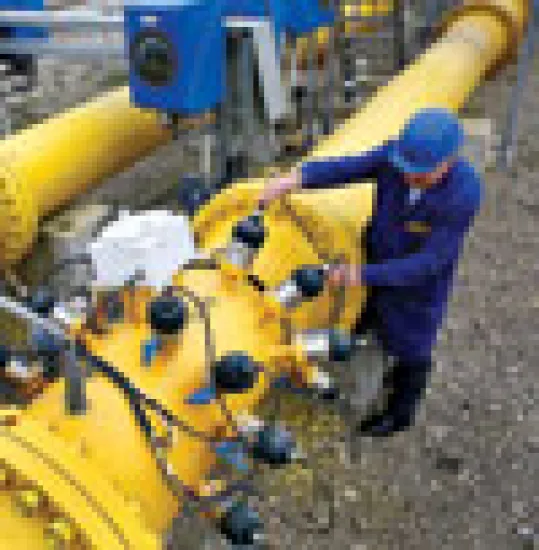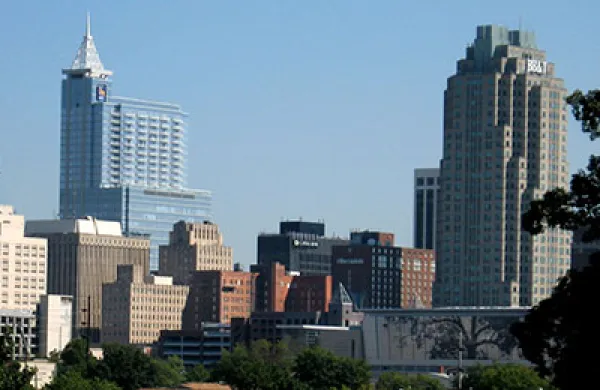Gazprom is still hungry. Shares in Russia’s biggest company and the world’s top natural gas producer have lost three quarters of their value since last summer. And although the company’s foreign debt stands at more than $40 billion, that hasn’t altered the state-controlled giant’s plan to borrow an additional 90 billion rubles ($2.5 billion) this year to develop Arctic megafields and hunt for acquisitions at distressed prices.
During the New York leg of a road show last month that included Moscow and London, Gazprom execs told investors the company is feeling the pain of the global recession — they warned that its debt-to-ebitda ratio could climb as high as 1.6 this year from 1-to-1 now. “But we may want to take advantage of the crisis to add new assets,” finance director Andrei Kruglov told journalists, refusing to speculate on specific targets. Gazprom owes $10.5 billion in debt payments this year but will rack up about $34 billion in earnings before interest, taxes, depreciation and amortization, assuming average world oil prices of $40 per barrel, says Ronald Smith, an analyst at Alfa Bank in Moscow. That’s down from Smith’s ebitda estimate of $60 billion for 2008, but still plenty to pay Gazprom’s obligations. “Short of oil prices going back down to $10, I don’t see Gazprom having difficulty covering its debt,” asserts Kevin Dougherty, a portfolio manager at Moscow’s Pharos Financial Group.
Now the company needs to focus its diminished financial firepower on the task of maintaining European gas dominance by developing the Yamal Peninsula in northern Siberia, a devilish project whose next stumbling block is laying pipeline beneath a bay that is frozen for all but a few summer months. Without Yamal, Gazprom will be short of gas to meet its contracts within five years, Smith estimates.
The company is counting on heavy cost savings from plunging materials and labor costs within Russia. It has kept its 2009 investment budget at 920 billion rubles, fully one quarter of it for Yamal, even as the dollar equivalent of that amount dropped from $40 billion to $26 billion. The ruble’s slide reflects Russia’s wider economic crisis; the country has seen GDP contract by 8.8 percent in January, compared with the same month last year, and industrial production has cratered by 16 percent over the same period.
The Moscow analysts agree that Gazprom will overcome Yamal’s obstacles and start pumping gas from the region two years from now, as scheduled. But Kruglov and CEO Alexei Miller, who skipped the road show, have no resources for a shopping spree. “They certainly don’t need any more gas assets,” says Alexander Golovtsov, chief of research at Uralsib Asset Management in Moscow. Miller’s ultimate bosses in the Kremlin seem satisfied with the current private-state balance in the energy industry, and they have their hands full restructuring worse-afflicted sectors like metals.





